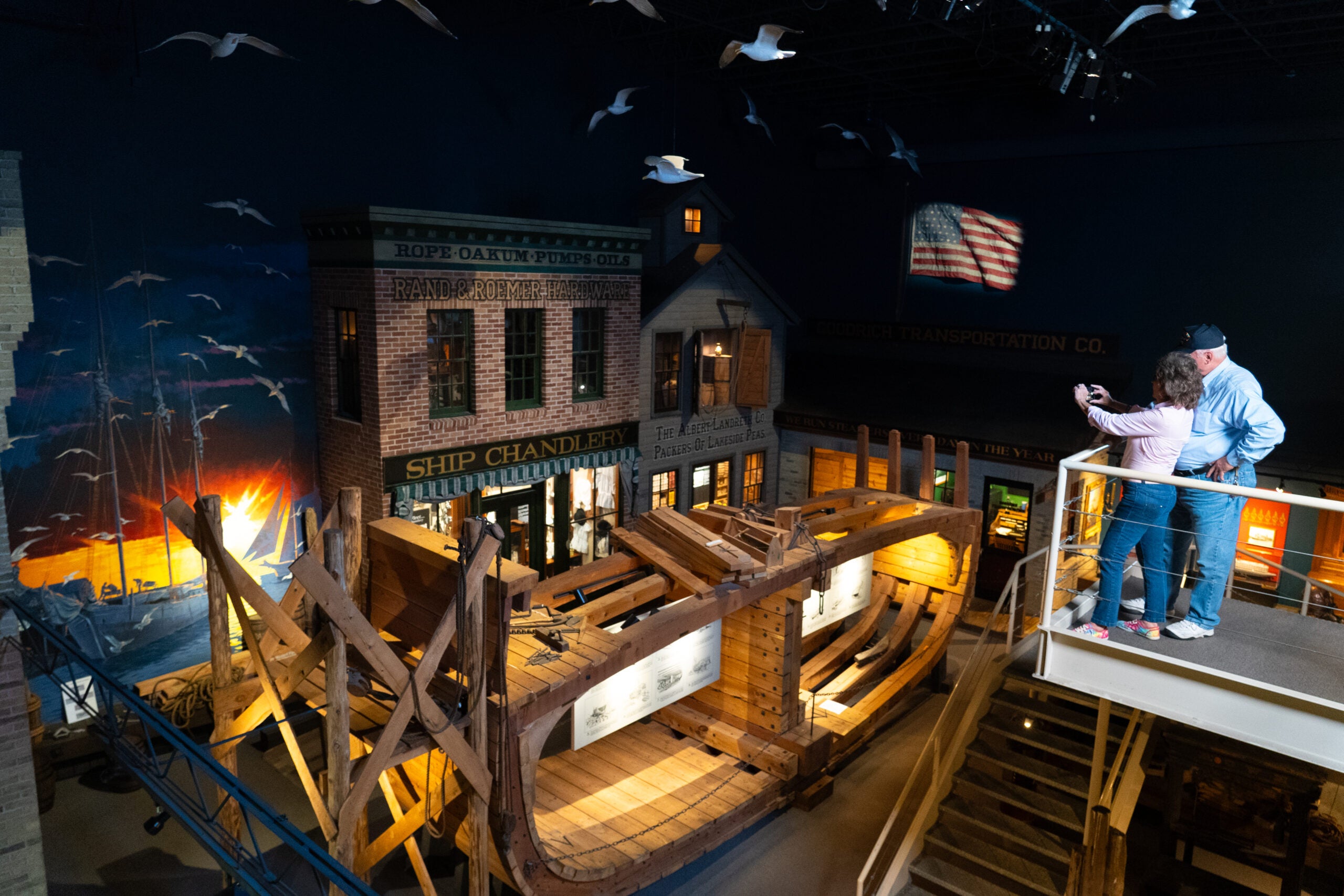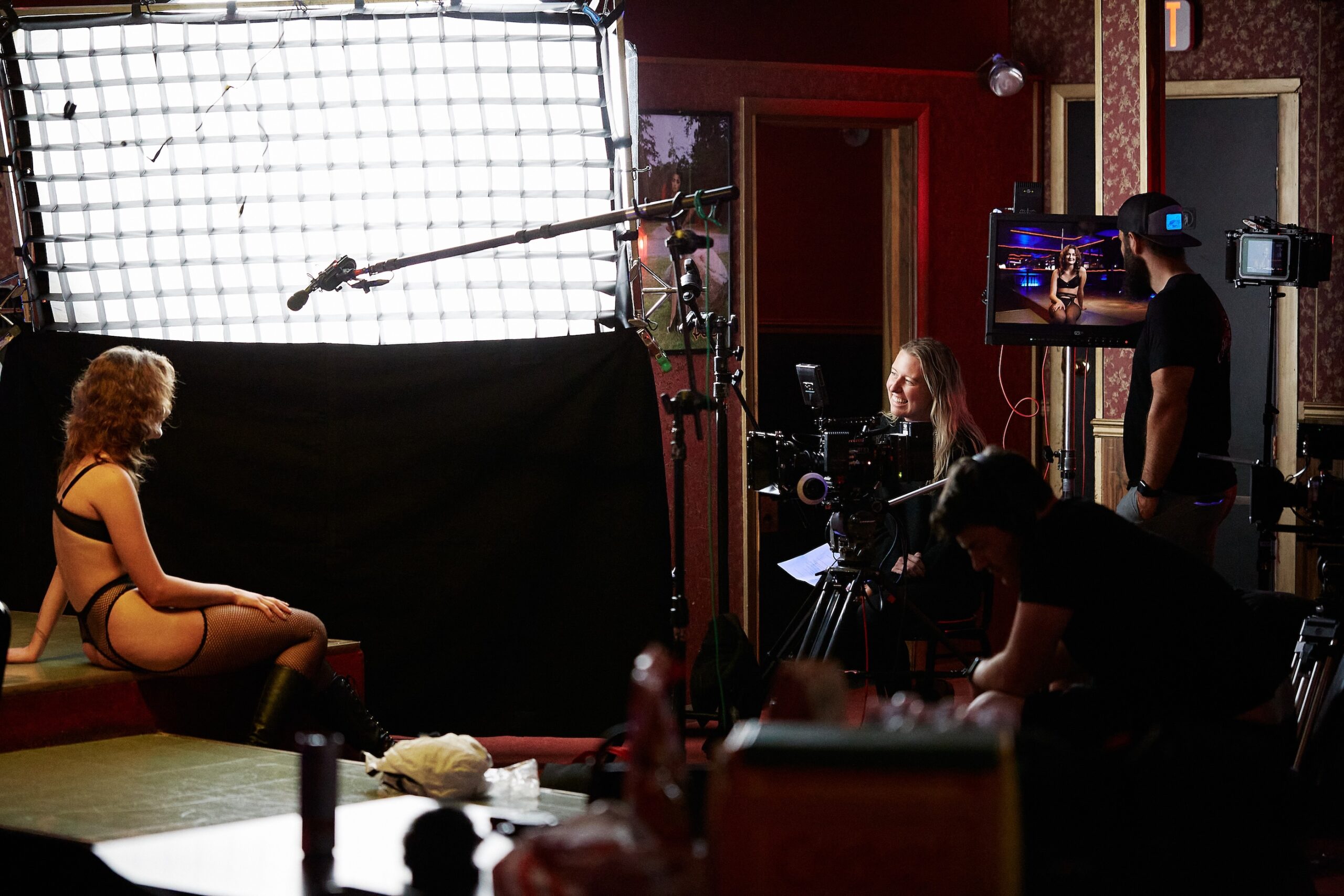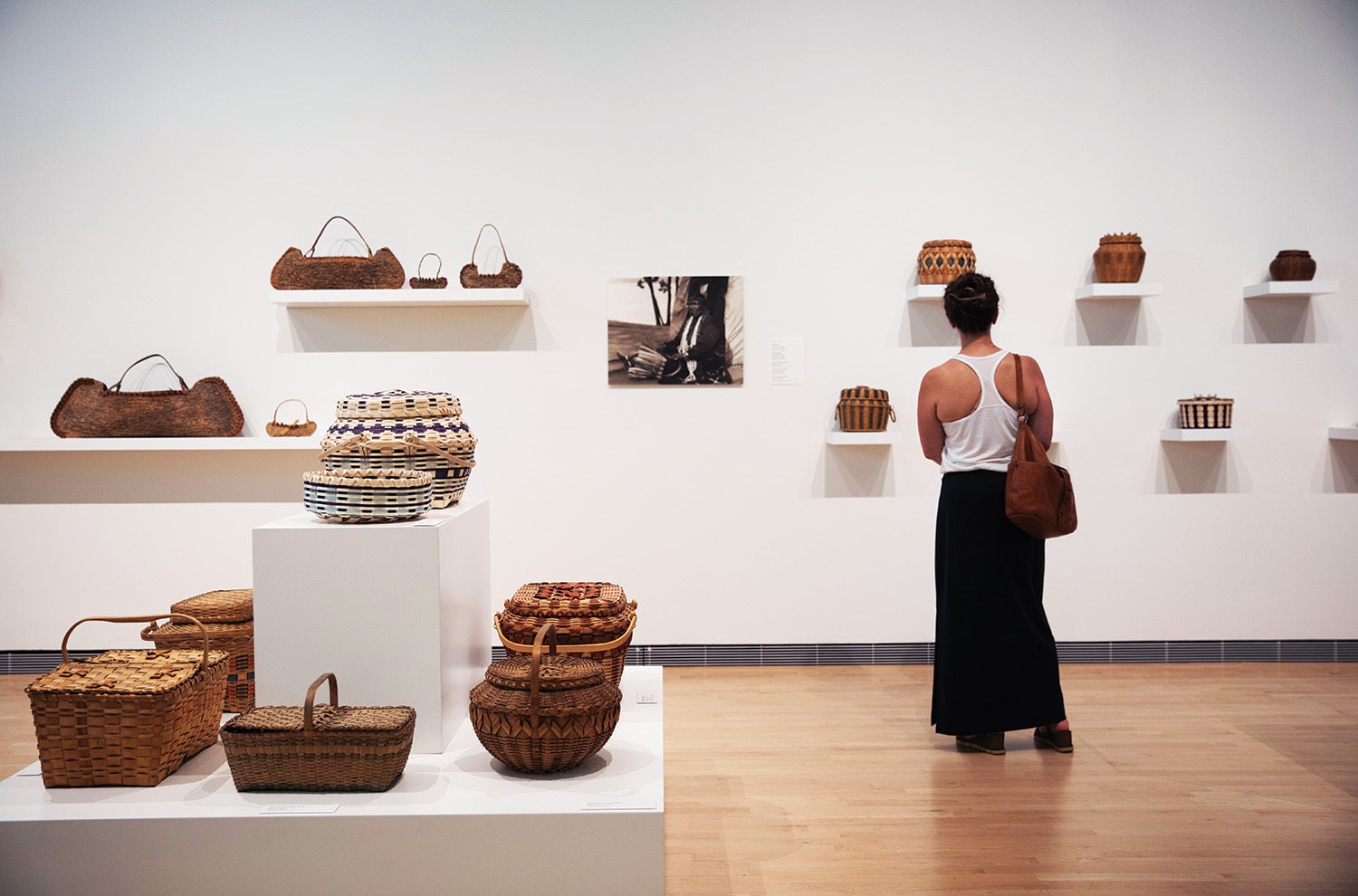Traditional views of pirates varied depending on what social or economic status people had. Before the mid-20th century, the narrative about pirates was mostly told by those in power, says Michelle Kuhl, a University of Wisconsin-Oshkosh history professor, and was largely negative.
But the story of pirates looks much different from the perspective of those who were poor or marginalized, Kuhl told WPR’s “Wisconsin Today.” In her research, Kuhl has uncovered a more nuanced view of these rebels, many of whom were women.
“Pirates start off as poor sailors who mutiny,” Kuhl said. “Another way of seeing them is a class revolt — poor sailors revolting against poor treatment and poor pay, hoping for a better life for themselves.”
Stay informed on the latest news
Sign up for WPR’s email newsletter.
Women haven’t played a large role in the traditional narrative about pirates, Kuhl said, but they existed, and in some cases flourished.
“One of the most successful pirates ever was a Chinese woman who amassed such a huge fleet, the government couldn’t defeat her,” Kuhl said. “They basically bribed her. She’s one of the most powerful pirates in terms of just the sheer number of people who sailed under her.”
Other famous women pirates often dressed as men. Future pirate Mary Read was born an illegitimate child years after her brother died. She grew up dressing as a boy, pretending to be her late brother, because her mother “didn’t want her husband or her husband’s family to know that she’d had this illegitimate child by another man,” Kuhl said. “Apparently it worked.”
By the time Read became a pirate, Kuhl said, “she was pretty good at imitating not just how men dress, but how they walked and how they interacted with people.”
“When Read became a pirate, she ran into another woman, Anne Bonny, who was also dressing as a male pirate,” Kuhl added. “Apparently they were both pretty brave. They fought well.”
The skull and crossbones motif, often seen on pirate flags, was not just to scare other people. It was also a memento mori for the ship’s pirates, who were rejecting their old, conventional lives and starting a new one.
“They’re turning their backs on their identities,” Kuhl said. “Women were turning their backs on the expectations of women at the time. They’re turning their backs on being ladies. By being a pirate, they are embracing a more risky, probably short life, but one that has more freedom, wealth and adventure.”
These symbols of death were also a philosophy of life, Kuhl explained.
“They use that symbol as part of their ethos, saying, ‘We would rather die in a battle at sea than live a horrible life toiling away for little money, for little autonomy with little control over your life. We’re tossing aside that life, trading it for a short, violent but exciting life that we control,’” she said.
Kuhl’s presentation about female pirates will take place at 6:30 p.m. on Oct. 3 at the Wisconsin Maritime Museum in Manitowoc. Her presentation will also be livestreamed.






